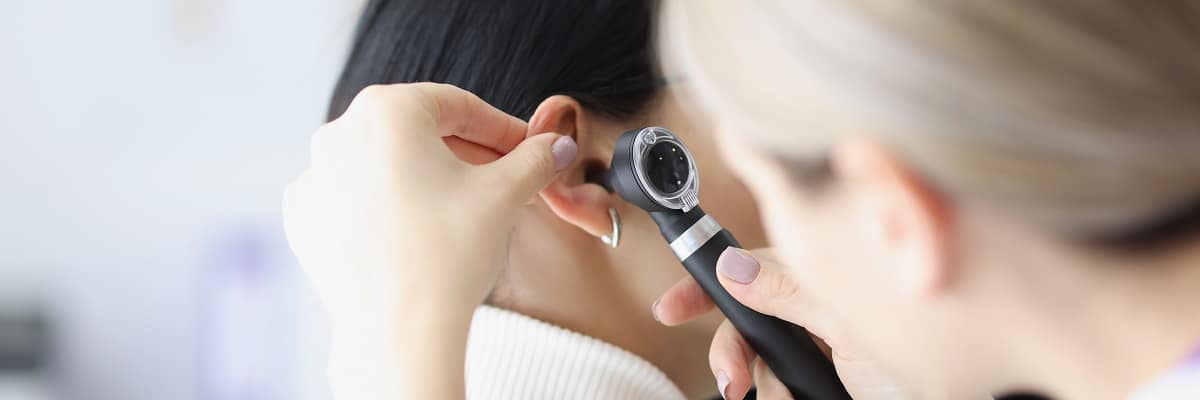
Are you concerned with earwax? Most people rarely give it a second thought unless it becomes an issue. Earwax is an essential aspect of our hearing health, however there is such a thing as too much. In some cases, earwax can build up and cause a blockage so severe that it interferes with our ability to hear. An earwax blockage can happen to anyone including around 10% of children and 5% of adults and it’s more likely to happen for those who use hearing aids, earplugs, or earbuds. Many people wonder the best way to deal with earwax and what we can do to avoid a blockage. Here are some important things to understand about earwax that we might not know but can certainly help us avoid earwax impaction.
Earwax is not actually wax
It’s commonly called wax due to its sticky tacky nature, but it’s not wax in any way. The scientific name is cerumen and is made up in part of dead skin cells which flake off in the ear, mixed with sebum—a body secretion composed predominantly of fat, skin cells.
Earwax is important for the health of our hearing.
Culturally or individually, you may find earwax just gross. However, like most aspects occurring naturally in our body it plays an important role. Earwax acts as a conveyor belt for dirt dust and debris which inevitably gets trapped in the ear canal. Everytime we chew or speak our jaw moves and with that earwax is gently guided from the inner part of our ear canal to our outer ear.
In addition to being a self-cleaning conveyor belt of the ear canal, earwax is also anti-microbial. If there is a cut or lesion in the ear canal that we wouldn’t be able access to treat, earwax is there to help. Earwax helps to fight infection and heal small issues in the ear canal.
Your earwax says a lot about you
Many people are surprised to discover that not everyone’s earwax is the same—in fact there are two types: wet and dry. The type of earwax you have actually is very telling of your ancestral heritage. Wet earwax is typically dark yellow, and sticky found in those of Caucasian and African descent. Dry earwax is typically light in color, dry and flaky and found in those of East Asian or Native American ancestry. Anthropologists have even used earwax to track the migration of people across the world throughout history.
Don’t stick anything into your ears!
A common misconception is that the proper tool for cleaning your ears is cotton swabs. As hearing healthcare specialists, we urge you to never stick anything into your ears smaller than your elbow. Lol! This is to say if you are having an issue with earwax, leave the cleaning to us. Trying to clean earwax out on your own can cause the wax to be pushed further down the ear canal and contribute to further impaction. You could even damage the fragile parts of the inner ear such as the eardrum or tiny bones called ossicles.
Cleaning your ears, the safe way.
If you are having an issue with your hearing it may signify an impaction, blocking sound from reaching the inner ear and subsequently the brain. However, it’s best to leave the diagnosis to us. There are so many causes of hearing loss out there which we are trained to diagnose.
In most cases you don’t have to do anything to your ears to clean them. The conveyor belt feature of earwax moves dirt and debris out of your ear where you can wipe it away with a damp soft washcloth from your inner ear.
Cleaning your ears at home
If you really feel set on cleaning your ears, we recommend this process. Try dropping a drop or two of mineral oil into each ear before a hot shower. Let the oil sit on each side of the ear for around 15 minutes while it helps to loosen hardened wax which may be progressing into an impaction. During the shower the hot steam should help loosen ear wax further, allowing it to flow to the outer ear where it can be easily wiped away.
If you are having an issue with earwax and hearing, we are here to help. Schedule your next hearing exam with us today.
